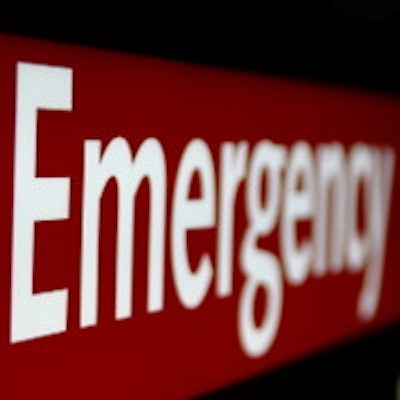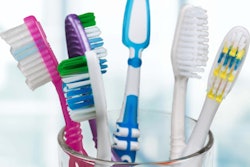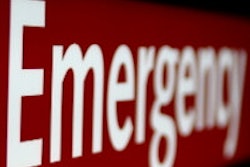
Being prepared in advance for worst-case medical emergencies is the optimal way to prevent any bad outcomes, according to a Canadian dentist who's an expert on the subject. Good preparation can be as simple as a "cheat sheet" with a summary of emergency procedure essentials.
That's according to Peter Nkansah, DDS, who addressed the subject of medical emergencies in the dental office in a talk last week at the Canadian Dental Hygienists Association's 2013 annual meeting. Dr. Nkansah is a dental anesthesia specialist in private practice in Toronto, as well as a dental consultant for the Toronto Raptors basketball team, the Toronto FC soccer club, and the University of Toronto Varsity Blues sports teams.
“Once you're prepared for emergencies, there's no reason to panic,” he noted.
Be prepared
The vast majority of medical emergencies are nonlife-threatening events such as syncope, mild allergy, and angina, Dr. Nkansah. But it's best to plan for any occurrence.
Dental practices should develop a cheat sheet that summarizes the office plan, including who should alert the rest of the office personnel that an emergency is occurring, who calls 911 and waits for the ambulance, which person is in charge of crowd control, and who brings the emergency kit to the room where the emergency is occurring.
The mnemonic Dr. Nkansah uses for dealing with life-threatening occurrences such as a heart attack, stroke, or severe allergic reaction is "P-C-A-B-D4." The "P" stands for positioning, and when treating cardiac arrest, it's important to have an office stool of the right height positioned under the headrest of the reclined dental chair (see figure below). That way more of the downward force of the chest compressions goes to the patient's heart rather than moving the headrest down and up. It's best to determine in advance which chair to use, because when chest compressions are urgently needed is not a good time to be hunting around the clinic for one, he said.
 When treating cardiac arrest, it's important to have an office stool of the right height positioned under the headrest of the reclined dental chair. Image courtesy of Dr. Peter Nkansah.
When treating cardiac arrest, it's important to have an office stool of the right height positioned under the headrest of the reclined dental chair. Image courtesy of Dr. Peter Nkansah.The "C" stands for circulation. “In the initial survey of a patient, it is one of the crucial things to assess,” Dr. Nkansah said. A patient without a heartbeat must be given CPR, involving both chest compressions and early defibrillation. For adults,it's necessary to push down hard to a depth of 1.5 to 2 inches. It's also important to push at about 100 compressions per minute, Dr. Nkansah said. Using the rhythm of a well-known tune such as "Stayin' Alive" or marching songs is handy.
The force necessary means “you might break the patient's ribs or sternum, maybe puncture the liver,” but since the patient's survival is at stake, this is acceptable, he said. It also means that one person can only do the compressions for about two minutes before another person needs to take over.
He recommends having an automated external defibrillator in the office that can recognize ventricular fibrillation and advise the user when or whether it's an appropriate time to apply a shock. The device will not apply a shock at an inappropriate time even if the user presses the shock button.
The "A" and "B" stand for airway and breathing, and denote opening the airway and checking for breathing. The "D4" stands for differential diagnosis, defibrillation, drugs, and disposition.
Medical assessment also important
Dr. Nkansah repeatedly emphasized the importance of completing a medical history and overall examination of every new patient using a questionnaire and a short patient interview. “A good history will prepare you for any foreseeable emergency,” he said.
The exam should include measurement of blood pressure, heart rate, and respiratory rate, because having baseline values makes it much easier to interpret any changes that occur in an emergency, he noted. Blood pressure should be rechecked every five years, or more often in patients with hypertension or anxious individuals. Taking blood pressure does the double duty of identifying patients, particularly children, who easily become anxious and therefore may need extra communication time or sedation before undergoing any procedures.
“With a thorough medical history and examination, you can decide how to safely proceed with treatment, while a good history will also prepare you for any foreseeable emergency,” Dr. Nkansah said.
Staff also need to determine at every office visit what medications and recreational drugs the patient is taking, since drug interactions can push a sick patient into a life-threatening situation. Having the right emergency drugs on hand also is vital, and he recommends having four emergency baggies -- rather than a bulky medical kit -- plus oxygen in an easily accessible place. The baggies should hold the medications used to treat allergies and anaphylaxis -- asthma, chest pain and heart attack, and hypo- or hyperglycemia.



















